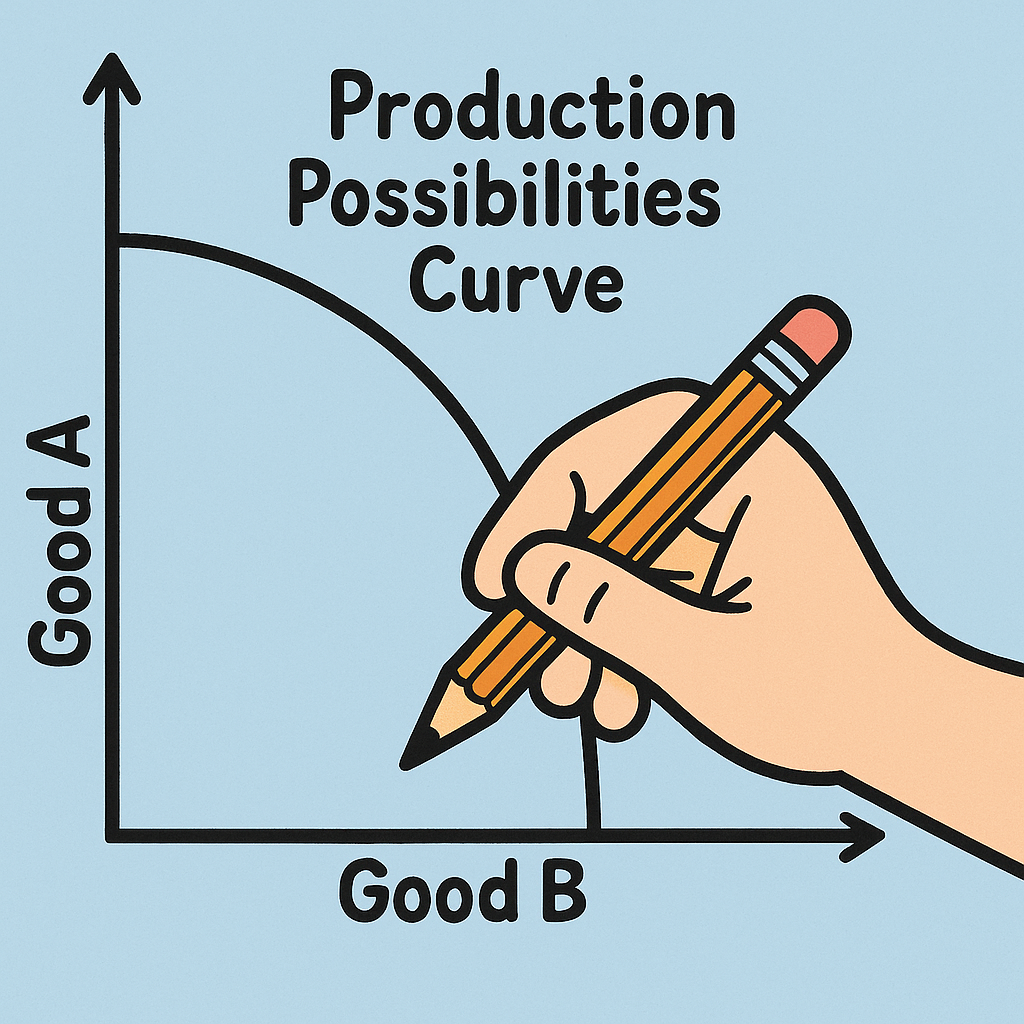
Grades 6-8

Don't have an account yet? Sign up for free
Don't have an account yet? Sign up for free
Students will be able to:

In this personal finance lesson, students will identify the opportunity cost of a spending decision.
Warm-Up
Show the Marshmallow Study video. Define Instant Gratification as an unwillingness to give up something now in return for something later. Point out to students that just like the young people in the video had to make a choice between instant and delayed gratification, financial decisions often require the same sort of choice, of spending now saving for future spending.
Modeling
Display the compound interest calculator on a projector screen. Illustrate how a spending decision can affect future spending decisions. For example compare how much money someone would accumulate if they were to invest $500 a month over the course of 40 years, earning the market average of 8%, instead of spending that amount on a monthly car payment and insurance.
Ask students what is given up when the money is spent on the car and what is given up when the money is invested. Share a story or two, which best illustrate financial choices that you or someone you know have made, and how these choices are consistent with the person’s priorities and goals. Give examples where spending was immediate and where spending was deferred.
Define Values as the beliefs and practices in your life that are very important to you. These inform the criteria you use to evaluate alternatives.
Define Opportunity Cost as the next-best alternative a person gives up in making a choice, or the thing the person chooses not to do.
Note for students the importance of making financial decisions to spend or save consistent with one’s values, and of always considering the opportunity cost of spending choices as a way to make an informed decision.
Individual Activity
Have students develop a list with two columns. In first column, add the products or services that they currently buy. In the second column, the opportunity cost. Students write 1 sentence to reflect on what the opportunity cost was for their spending decision. Ask them to consider whether the value (money, time, etc) of what they gave up (their opportunity cost) higher or lower then they thought when they made the decision? If they regret their original choice, then ask them what information, if any, they did not consider at the time.
Ask students to use the compound interest calculator to illustrate another potential opportunity cost of their purchase decision. Consider what might be given up if each month is added up and multiplied by 12 months then by 30 years, and invested in the market assuming the market return is 8%.
Group Activity
Break students into small groups of 3-5. Ask students to share with their group how they answered the questions, and the amount of money they would have saved in a year had they foregone their purchase. Discuss how others may have responded to the same spending decisions and how their individual values affected their decisions.
Have students create a very basic budget based on their own current allowance/compensation from part time jobs that has only three categories: “Saving,” “Sharing,” and “Spending.” Ask students to write a paragraph or two on how they built their basic budget, how they spread their earnings among the three categories, what values factored into their budgeting decisions and how their budget relates with their future plans. (Note – if students have no income, generate a fictitious but appropriate amount of income)
Activity 1
Ask students to identify an app or website where they can track their spending and reach their goals. Try to allocate one app or website per student. As a class, create a set of criteria by which to evaluate these programs and then let each student evaluate the program based on some or all of the criteria.

Grades 6-8

Grades 9-12

Grades 9-12

Grades K-2, 3-5
